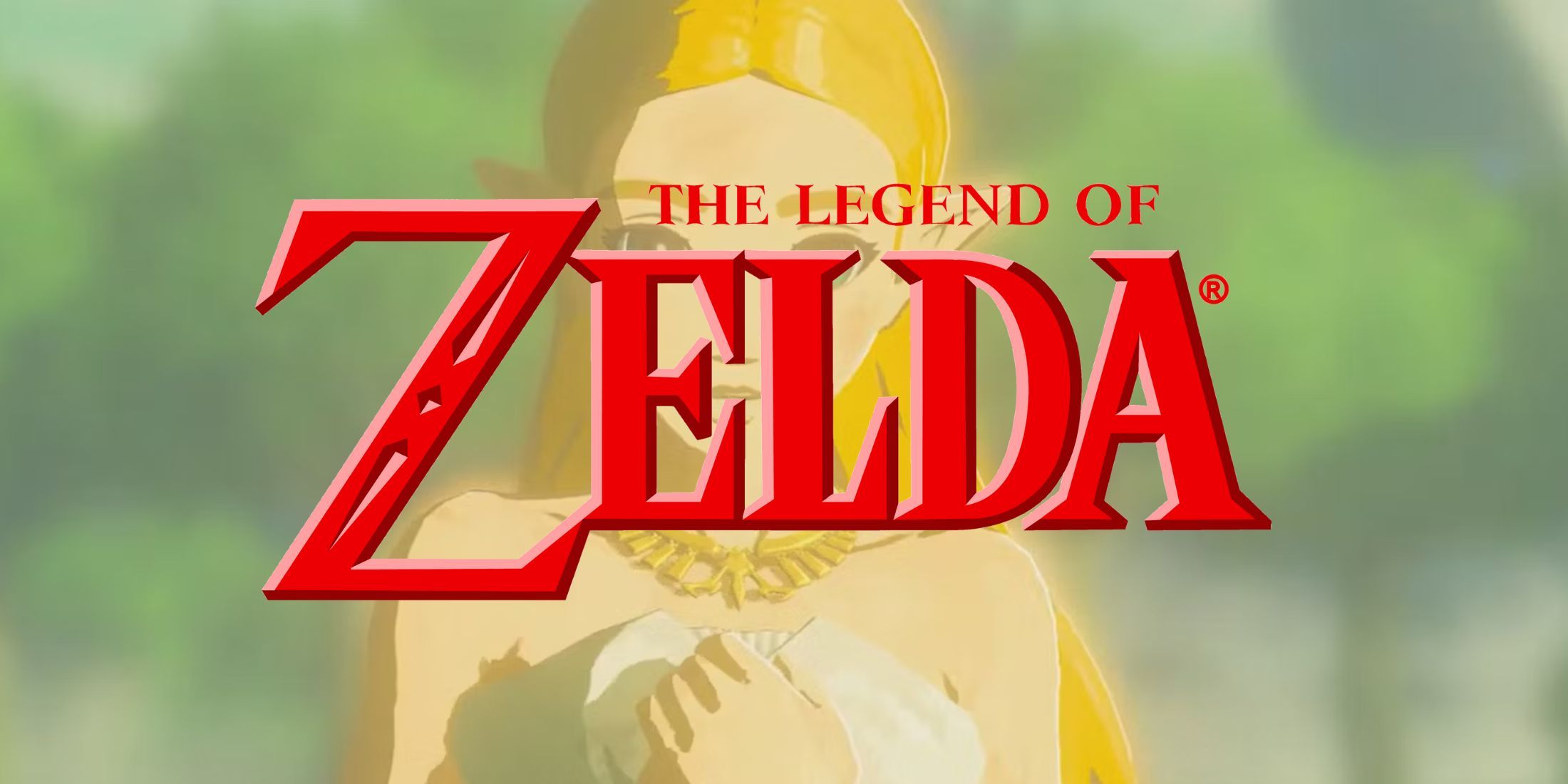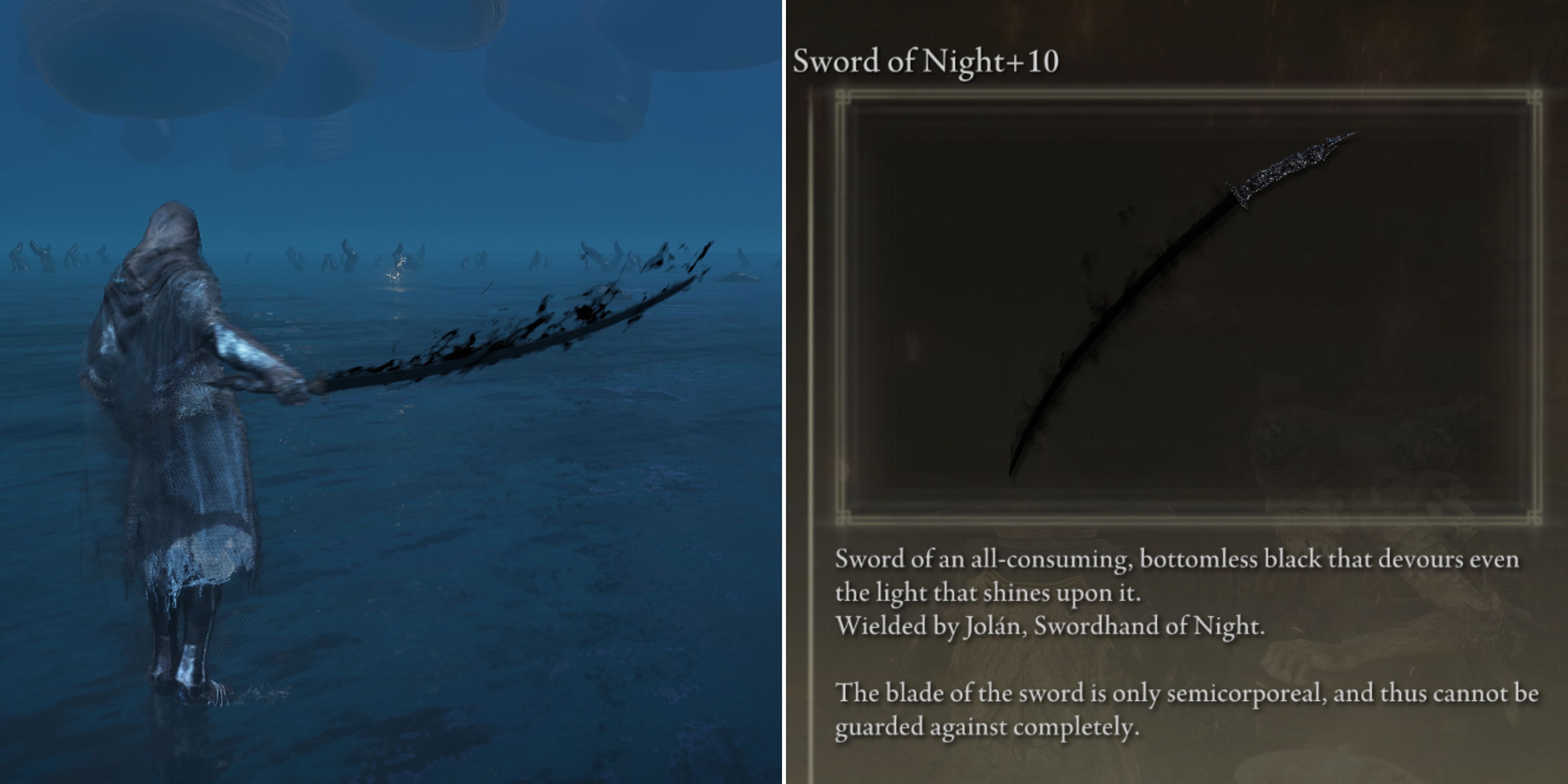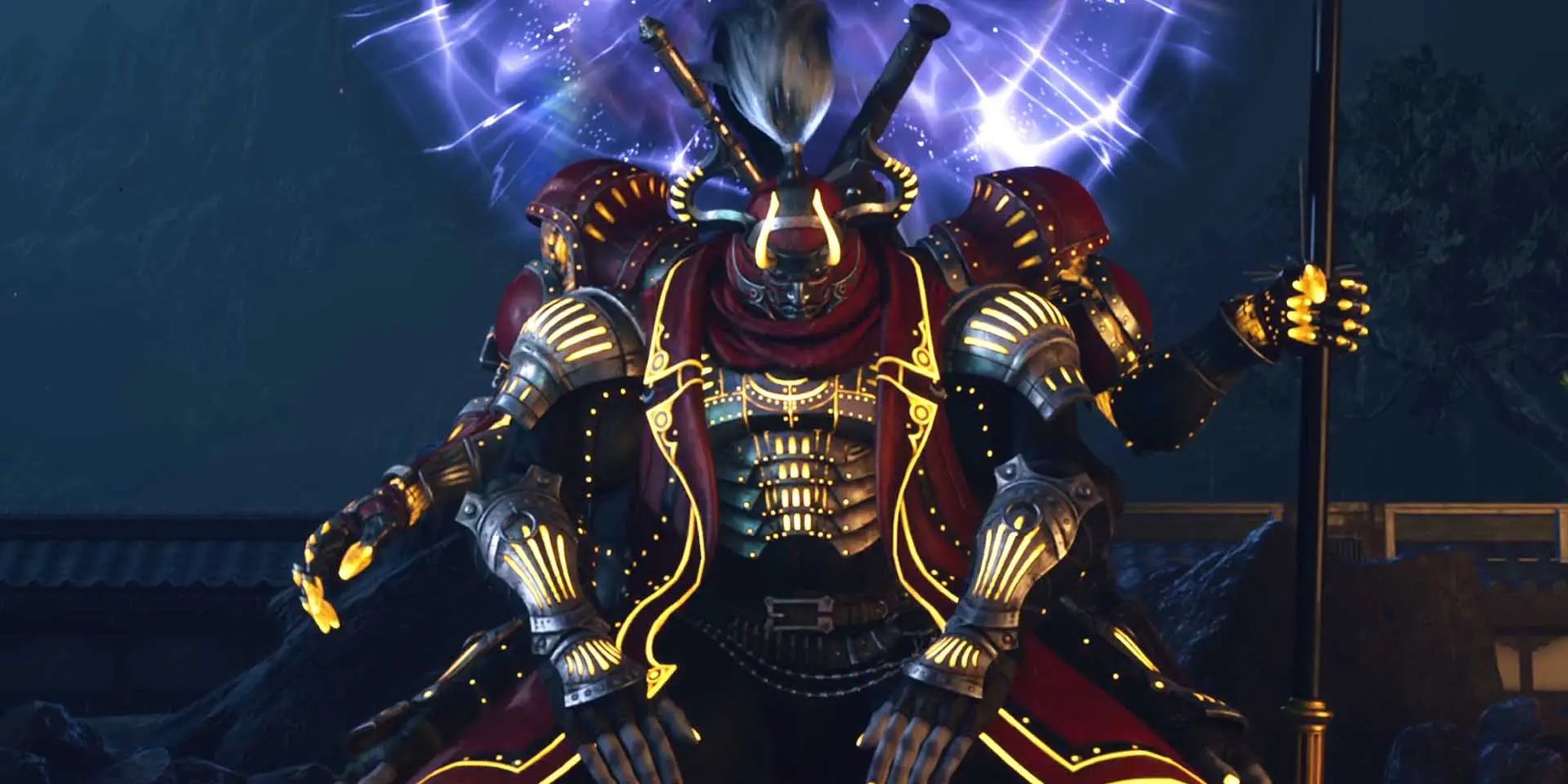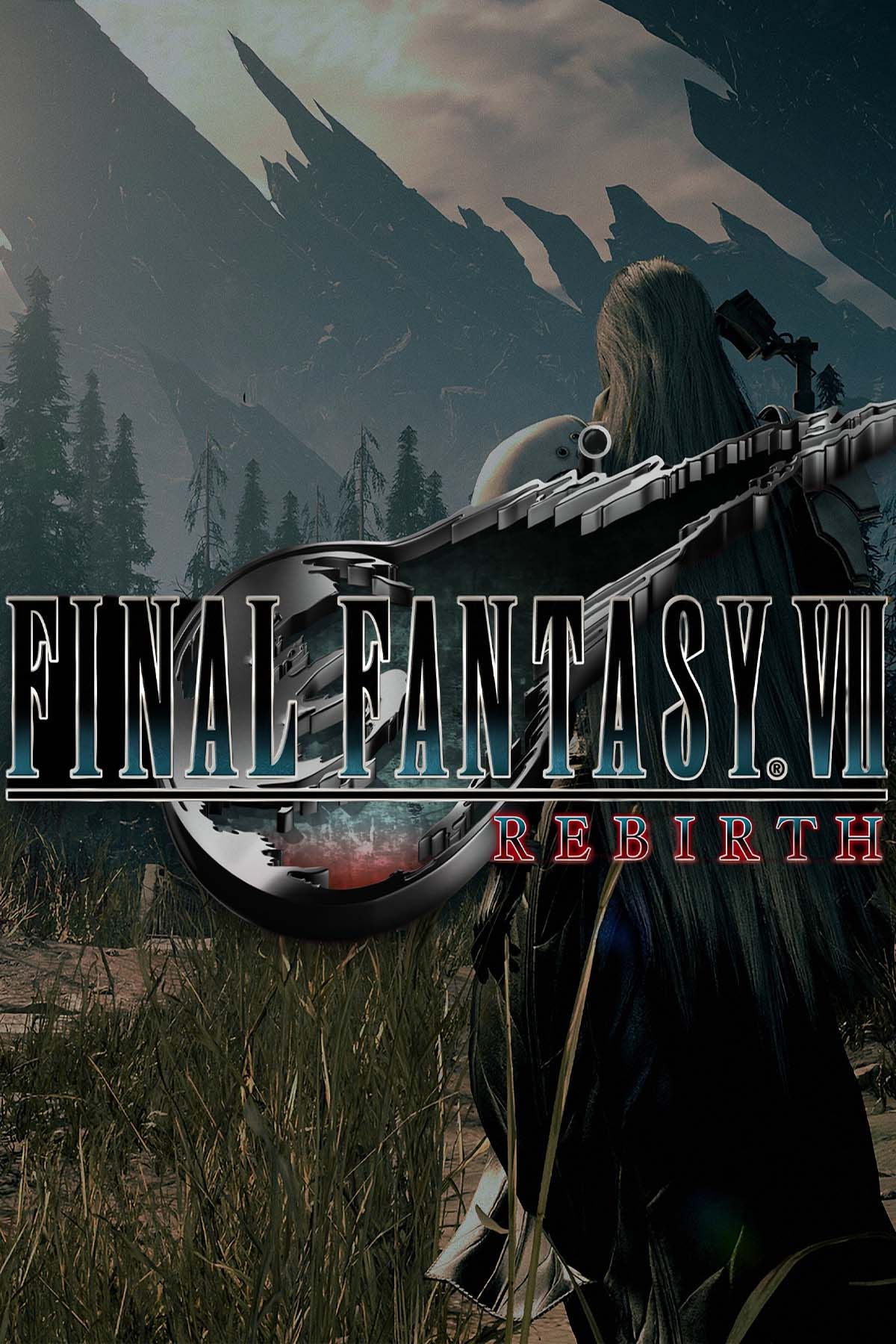Final Fantasy 7 Rebirth delivers compelling twists on some of the original’s significant characters, events, and locations. Whereas Final Fantasy 7 Remake set the stage for what was to come, Rebirth hit the ground running and opened up Gaia for players to discover for themselves. One area in which the title particularly excelled was in its reintroduction of the original’s summons, with Gilgamesh featured in a sprawling side narrative of his own. While little is known about the direction FF7 Remake Part 3 will take the series, one summon seems like a clear successor to Rebirth’s Gilgamesh.
Final Fantasy 7 Rebirth continued its predecessor’s streak of awe-inspiring updates for the original’s iconic summons. By the time the credits roll, players can collect and unleash a total of 14 unique monsters, though four are initially locked behind pre-order bonuses. While the majority are unlocked through Chadley’s Combat Simulator, the final unlockable summon, Gilgamesh, requires players to put in an immense amount of work, completing various tasks, battles, and environmental puzzles. In Final Fantasy Remake Part 3, players may face a similar challenge, with one summon seeming like the obvious choice for the title’s ultimate gauntlet.
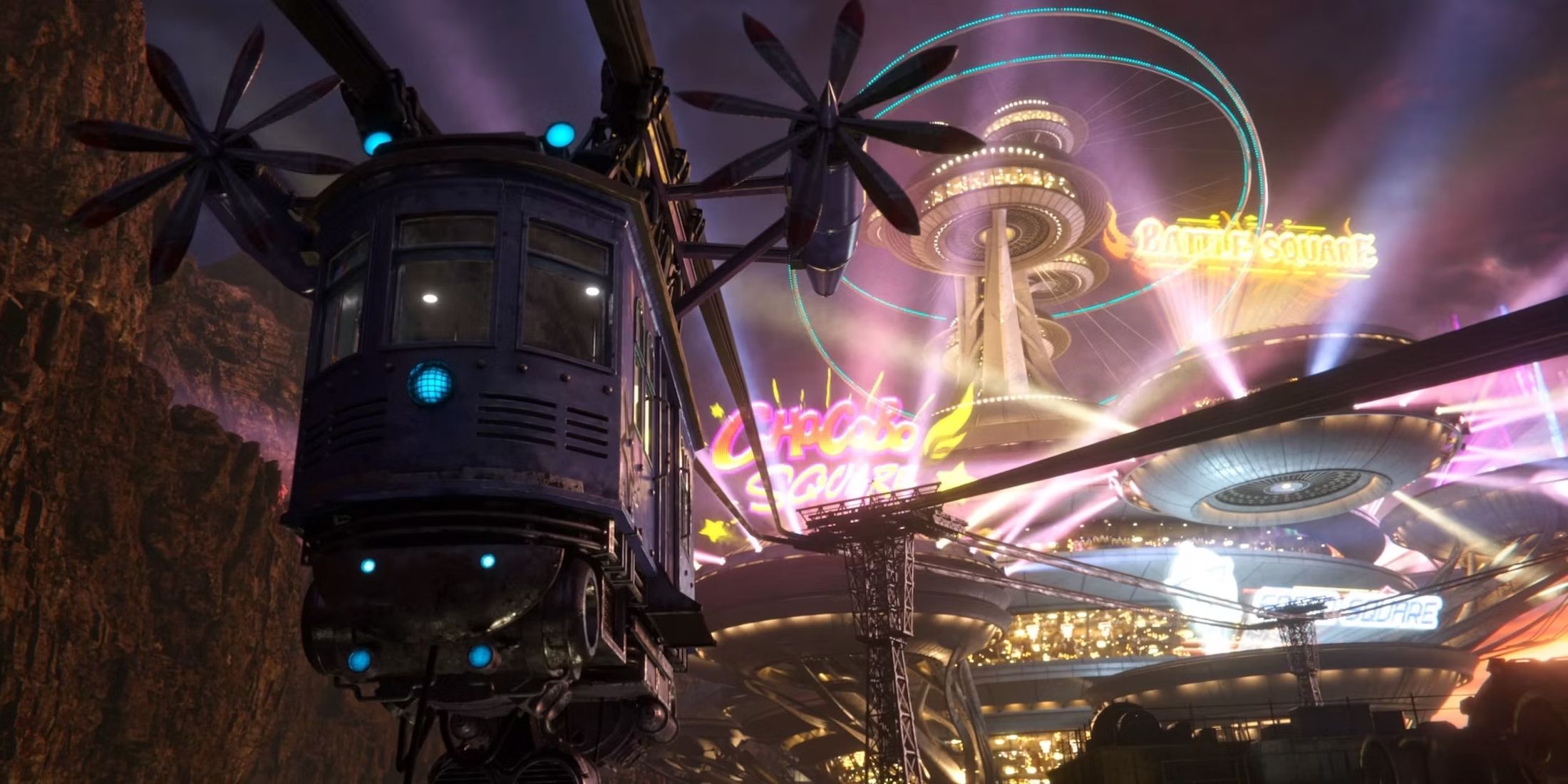
How Final Fantasy 7 Remake Part 3 Can Make Gold Saucer Just as Special a Second Time
The Gold Saucer was one of the major highlights in Final Fantasy 7 Rebirth, and Part 3 could go various routes in making it special the second time.
Final Fantasy Remake Part 3 Could Feature The Knights of the Round as Its Secret Summon
For players to unlock Gilgamesh in Final Fantasy 7 Rebirth, they are tasked with exploring every available region and collecting every Protorelic. Along the way, Cloud will cross blades with a mysterious warrior, who seeks to add Cloud’s weapon to his collection. Upon collecting the final Protorelic, players unlock a secret location, Gilgamesh Island, where they must face off against groups of the title’s most powerful summons in a series of battles. Doing so unlocks a final clash with the mysterious warrior, Gilgamesh, who is unlocked as Rebirth’s secret summon once defeated.
While Final Fantasy 7 Rebirth featured many of the original title’s most popular summons, one massively popular, and immensely powerful, summon was missing: Knights of the Round. Comprised of a group of mighty warriors, the original Final Fantasy 7’s strongest summon would strike enemies 13 times with their devastating Ultimate End attack.
What made this summon even more special was that obtaining Knights of the Round required a series of events, much like Rebirth’s Gilgamesh. The summon was hidden away on a secret island, called Round Island, located in the northeast section of the map. Players could only access this location by riding the Golden Chocobo, which players had to either breed or obtain by defeating the Ruby Weapon and giving its dropped item to the Kalm traveler.
Knights of the Round Has Seemingly Been Confirmed for FF7 Remake Part 3
Little is known about Final Fantasy Remake Part 3, but the recent Final Fantasy 7 Rebirth Ultimania book, released on April 14 in Japan, seemingly confirms that Knights of the Round will debut in the title. Final Fantasy 7 Rebirth director Naoki Hamaguchi noted that four of the original title’s Summons had not yet appeared in the Remake series. Hamaguchi goes on to directly reference the fandom’s desire to see Knights of the Round appear as a summon.
Final Fantasy Remake Part 3 is likely a few years away, so fans will need to wait to see if the legendary Knights of the Round will make an appearance. Beyond hinting at the fabled summon, the Final Fantasy 7 Rebirth Ultimania sees developer Square Enix begin to set the stage for Part 3, including a confirmation that six realities are currently at play.
What's more, the reference guide hints that another reality may debut in FF7 Remake Part 3. What this means for Cloud following the final events of Final Fantasy 7 Rebirth remains to be seen, but this final reality may hold the key to the series' larger machinations, and possibly offer a bold new origin for its four missing summons.

